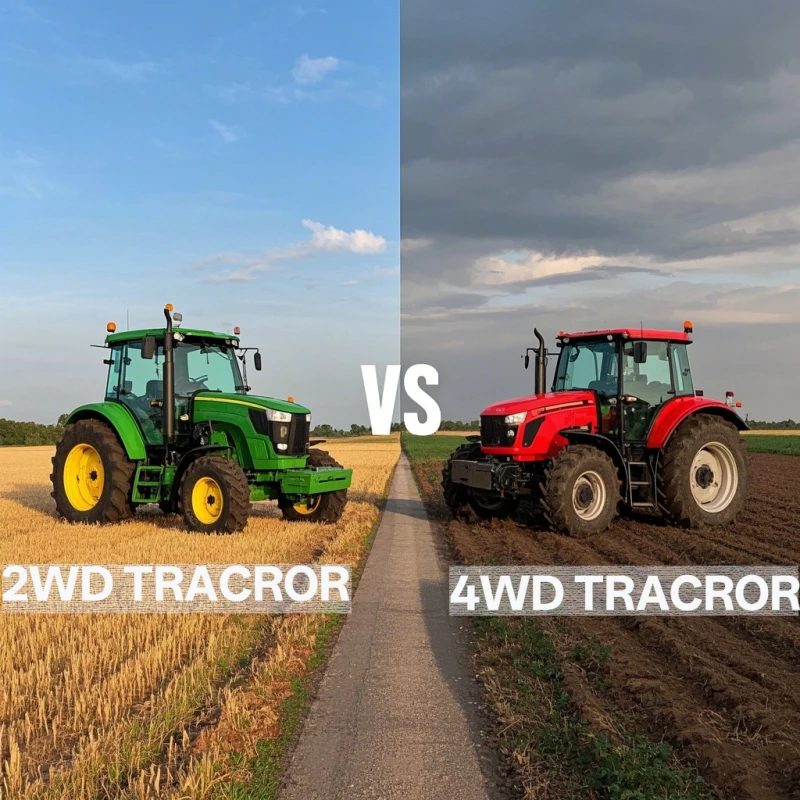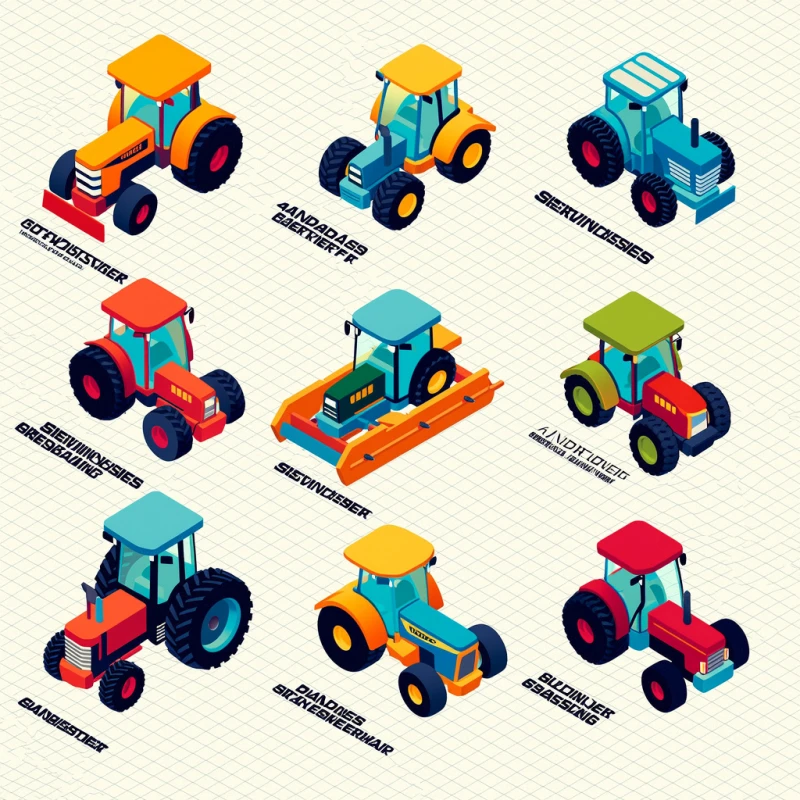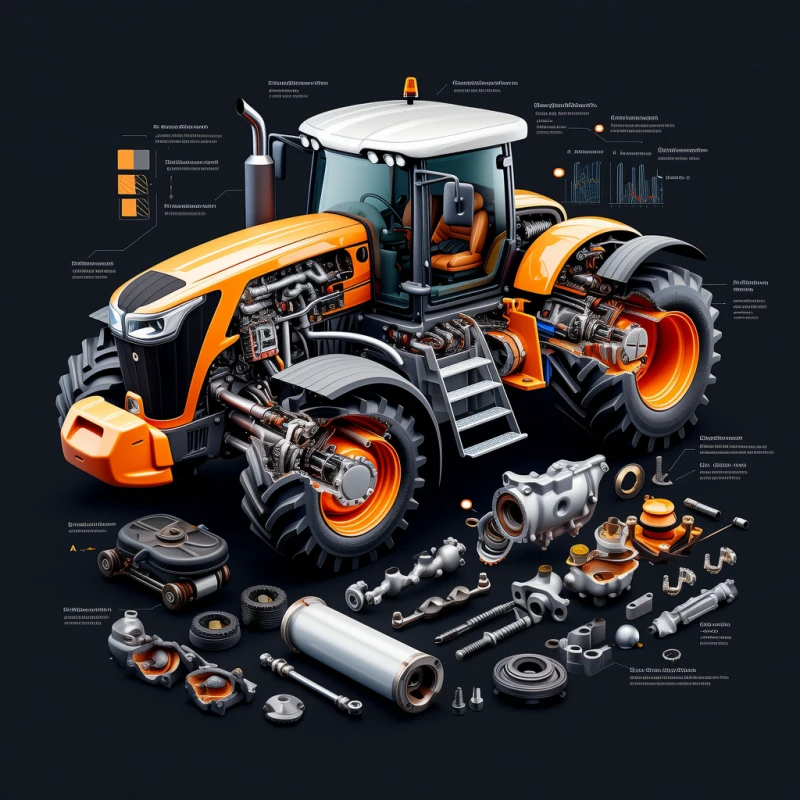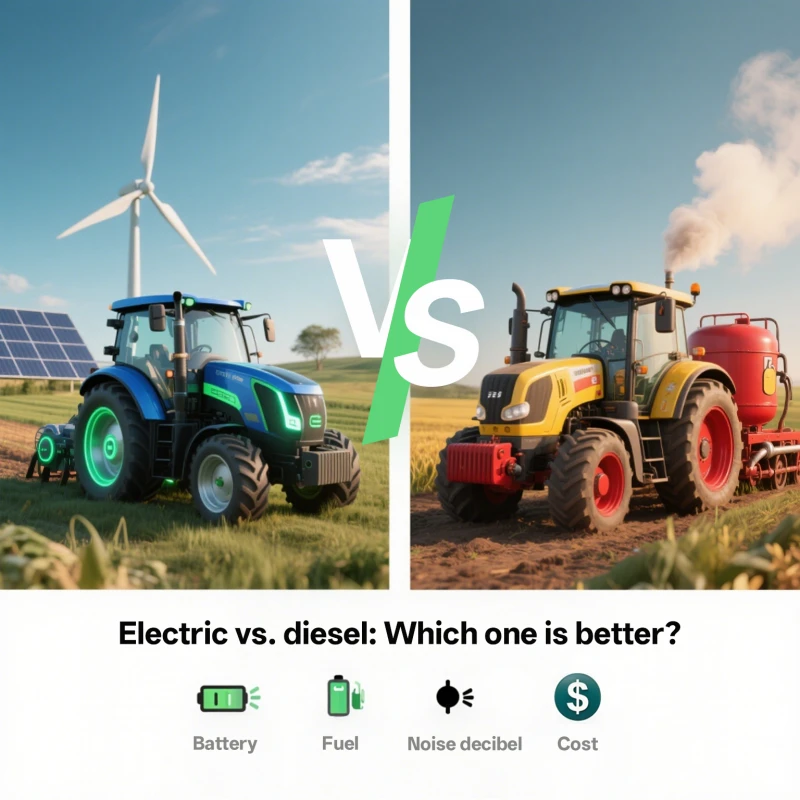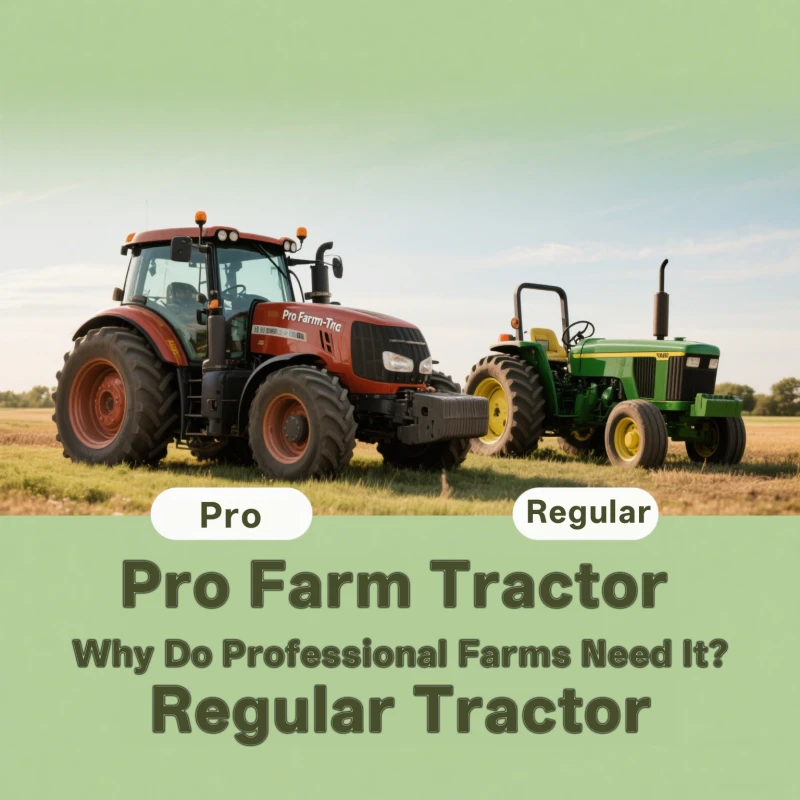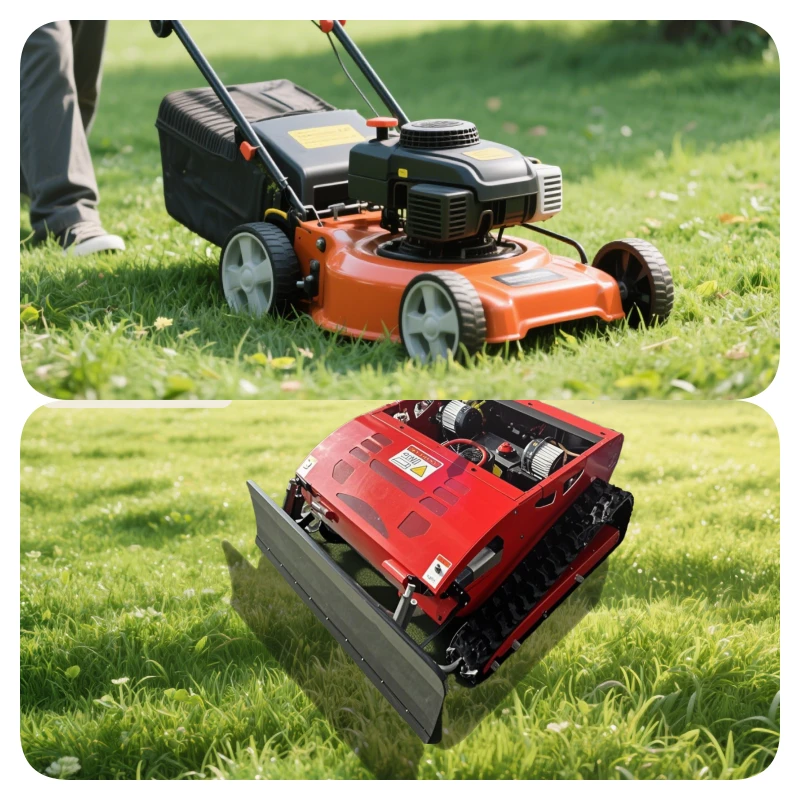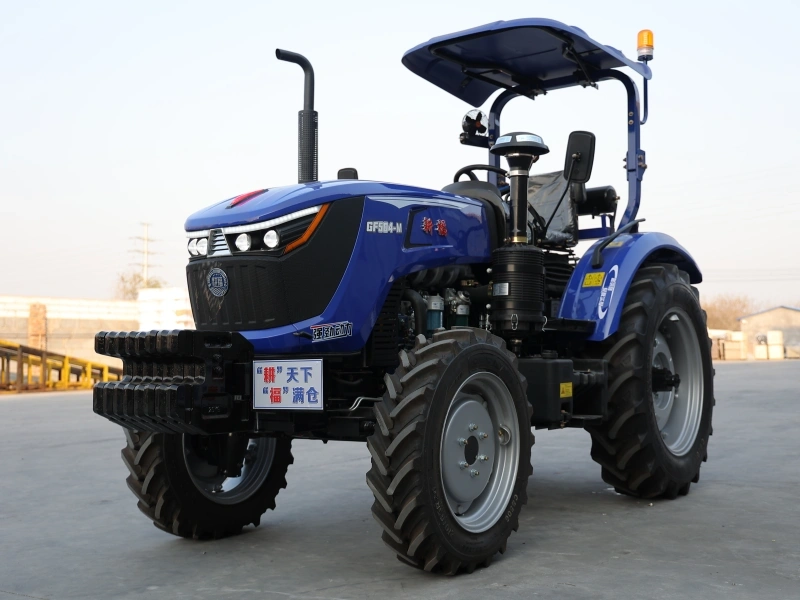Introduction
2WD vs. 4WD Tractors: Which One Is Right for You?
Tractors are the backbone of modern agriculture and engineering, powering essential operations such as plowing, harvesting, and construction. However, one key decision that farmers and equipment operators must make is selecting the right drive mode—two-wheel drive (2WD) or four-wheel drive (4WD).
Many potential buyers struggle with the question: "Which drive mode is more suitable for my needs?" Understanding the differences between these two options in terms of performance, cost, and applicable scenarios can help in making an informed choice.
This article will compare 2WD and 4WD tractors, breaking down their advantages and limitations to guide you in selecting the best fit for your specific work environment.
Basic Definition of 2WD and 4WD Tractors
What is a 2WD Tractor?
A two-wheel drive (2WD) tractor delivers power to only two wheels, typically the rear wheels (though some front-wheel drive models exist). With a simple mechanical structure, 2WD tractors are lightweight and ideal for operations on flat, firm terrain such as dry farmland or paved roads.
What is a 4WD Tractor?
A four-wheel drive (4WD) tractor distributes power to all four wheels, providing superior traction and stability. This design allows for better performance on rugged, muddy, or steep terrains. Though heavier and more complex than 2WD models, 4WD tractors excel in handling difficult agricultural and industrial tasks.
Key Difference: Drive Mode Impacts Performance
The main distinction between 2WD and 4WD tractors lies in how power is distributed, which affects traction, fuel efficiency, maneuverability, and cost. Let’s explore these differences in detail.
Key Differences: 2WD vs. 4WD Tractors
| Feature | 2WD Tractor | 4WD Tractor |
|---|---|---|
| Traction & Terrain | Best for dry, flat land. Can slip in mud. | Handles slopes, mud, snow with ease. |
| Fuel Efficiency | Lower fuel consumption due to lighter weight. | Higher fuel consumption (10-20% more). |
| Operating Costs | Lower maintenance costs, simpler mechanics. | More complex, higher maintenance costs. |
| Price & Investment | More affordable, suitable for tight budgets. | 20-30% more expensive, but long-term benefits. |
| Maneuverability | Smaller turning radius, ideal for tight spaces. | Stable but less agile in confined areas. |
1. Traction & Terrain Adaptability
2WD Tractors: Work best on firm, flat ground such as dry farmland, paved roads, or areas where high traction isn’t necessary. However, they may struggle in wet or loose soil and are more likely to get stuck in mud.
4WD Tractors: Excel in challenging terrains like steep hills, muddy fields, wetlands, and snow. Their even power distribution reduces slippage, making them the preferred choice for heavy-duty tasks and rough environments.
2. Fuel Efficiency & Operating Costs
2WD Tractors: Tend to be more fuel-efficient because they are lighter and have a simpler drive system. Their maintenance costs are also lower due to fewer mechanical components.
4WD Tractors: Consume 10-20% more fuel than 2WD models due to their heavier weight and additional drivetrain components. Maintenance costs are slightly higher, but their performance justifies the expense in demanding applications.
3. Price & Initial Investment
2WD Tractors: Are generally more affordable than 4WD tractors, making them a practical choice for small farms or businesses with budget constraints.
4WD Tractors: Typically cost 20-30% more than equivalent 2WD models, but offer better long-term returns for large-scale or high-intensity operations.
4. Maneuverability & Flexibility
2WD Tractors: Feature a smaller turning radius, making them easier to maneuver in tight spaces such as orchards, greenhouses, and barns.
4WD Tractors: Offer better stability on rough ground, but require more space to turn, making them slightly less agile in confined areas.
How to Choose? Scenario-Based Recommendations
To determine whether a 2WD or 4WD tractor suits your needs, consider your work environment and operational requirements.
Choose a 2WD Tractor if:
You work primarily on flat, dry farmland or paved roads.
Your tasks involve light to medium operations (seeding, fertilizing, transporting loads).
You have a limited budget and need a low-cost, fuel-efficient machine.
Your work involves tight spaces where a small turning radius is essential.
Choose a 4WD Tractor if:
You operate on uneven, muddy, or sloped terrain (forestry, mountainous farms, wet fields).
You frequently use high-traction equipment (plows, loaders, heavy harrows).
Your farm size is large, and you require a tractor that can handle heavy-duty tasks efficiently.
You want better long-term versatility, even if the initial investment is higher.
Other Considerations
Additional Features: 4WD tractors often come with differential locks, enhanced suspension, and larger tires for better performance in extreme conditions.
Future Expansion: If you plan to expand operations, a 4WD tractor might be a better long-term investment despite the higher initial cost.
Zhenith Tech: Advanced Solutions for Modern Agriculture
At Zhenith Tech, we specialize in high-performance tractors and RC mowers, designed to meet the diverse demands of modern agriculture. As a leading manufacturer in China, we integrate production, R&D, sales, and service to deliver top-quality machinery at competitive prices.
Why Choose Zhenith Tech?
12+ years of industry experience with a dedicated R&D team.
5 factories & 3 laboratories, ensuring quality & innovation.
OEM & customized solutions, backed by a complete supply chain.
15-20% lower production costs compared to industry standards.
2-year warranty on all tractors for reliability & peace of mind.
Conclusion
Both 2WD and 4WD tractors have their own advantages, depending on your needs:
2WD tractors are economical, fuel-efficient, and easy to maneuver, making them perfect for flat terrain and light to medium work.
4WD tractors offer higher power, better traction, and adaptability, excelling in difficult terrains and heavy-duty applications.
Final Advice:
Assess your work environment, budget, and future needs before making a decision. For small farms or budget-conscious buyers, 2WD is a great option. For large-scale farms or rugged terrains, 4WD is the better investment.
If you're still unsure, consult a local dealer or request a test drive to experience both types before making your choice!

